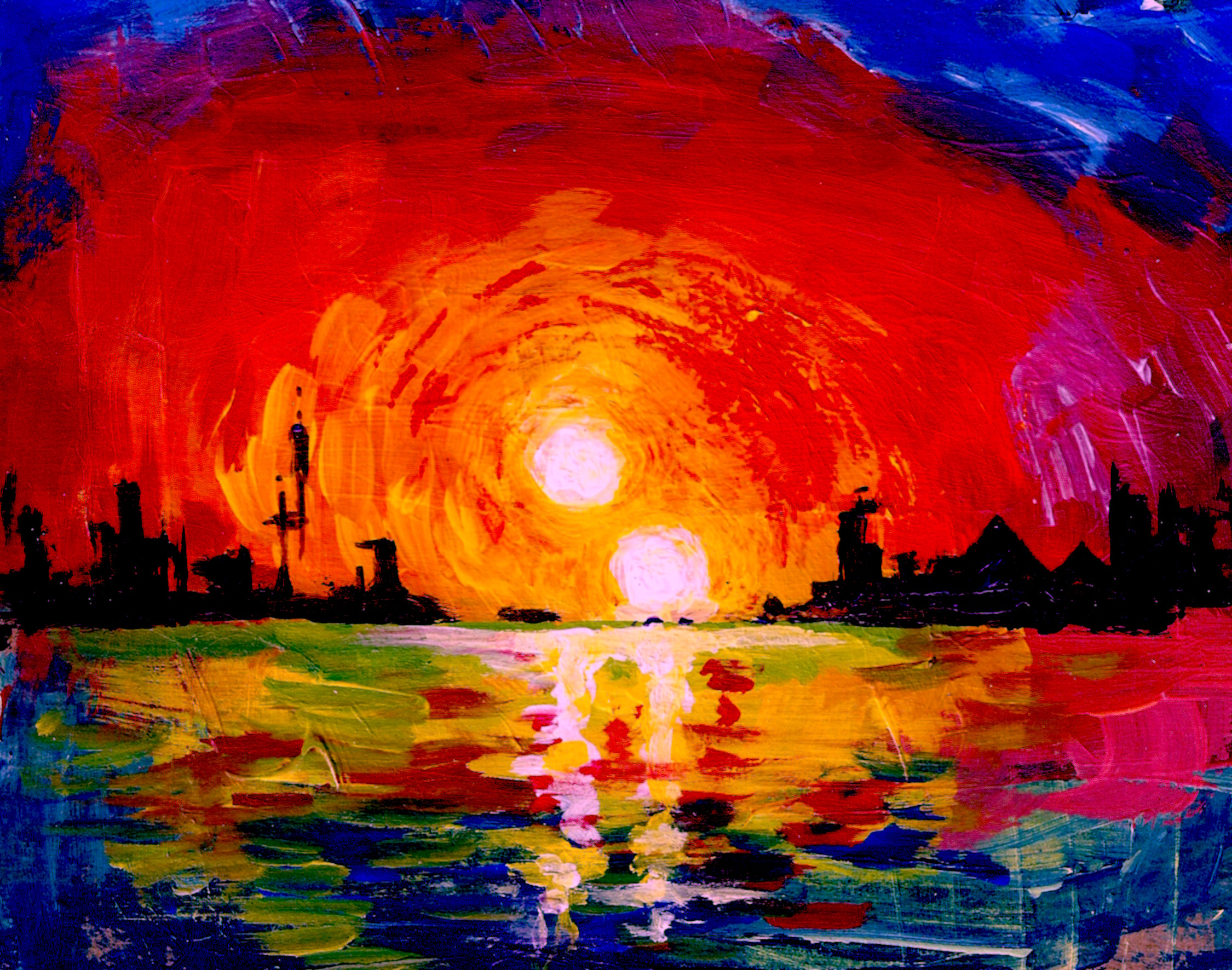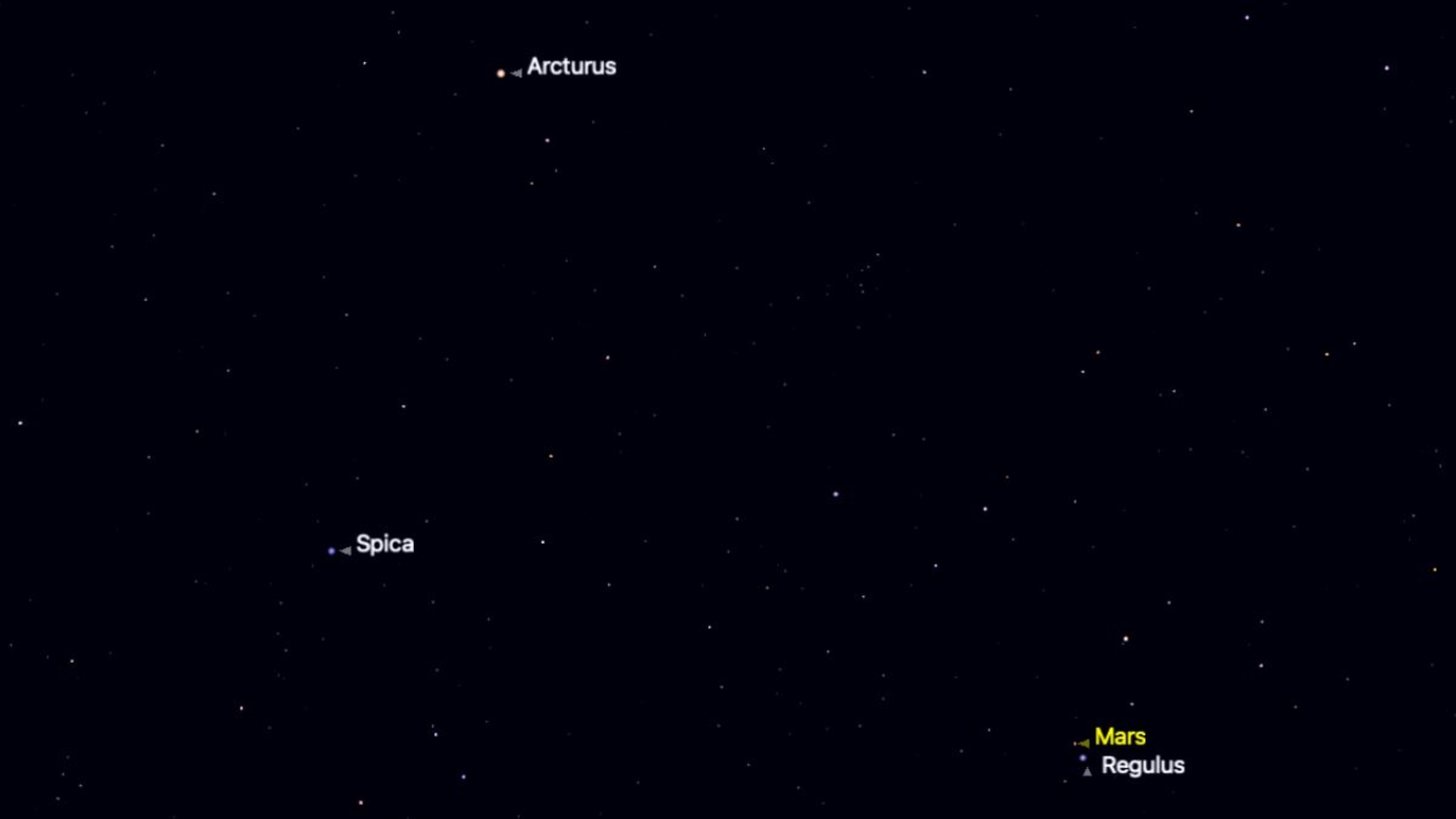
Earth-like worlds with two suns in their skies, like Luke Skywalker's home planet of Tatooine in the "Star Wars" films, may be widespread throughout the Milky Way galaxy.
Although a number of gaseous exoplanets have already been spotted in two-star systems, many astronomers had thought that rocky, potentially habitable worlds could not take shape in an environment with such complex and chaotic orbital dynamics. But mathematical simulations suggest otherwise, a new study reports.
"It is just as easy to make an Earth-like planet around a binary star as it is [to do so] around a single star like our sun," study lead author Ben Bromley, of the University of Utah, said in a statement. "So we think that Tatooines may be common in the universe." [10 Real Exoplanets That Resemble Star Wars Worlds]
Making rocky planets
Planets coalesce from the disk of dust and gas that surrounds a newborn star. Rocky worlds like Earth are built up by repeated mergers of asteroidlike objects called planetesimals.
"Around a single star, planetesimals tend to follow circular paths — concentric rings that do not cross," Bromley said in the statement. "If planetesimals do approach each other, they can merge together gently."
The situation has long been thought to be quite different around newborn binary stars, according to Bromley.
"For over a decade, astrophysicists believed that planets like Earth could not form around most binary stars, at least not close enough to support life," he said.
Breaking space news, the latest updates on rocket launches, skywatching events and more!

The paths of planetesimals in such systems, the thinking goes, "get mixed up by the to-and-fro pull of the binary stars," he added. "Their orbits can get so tangled that they cross each other's paths at high speeds, dooming them to destructive collisions, not growth."
The simulations that predict such outcomes have traditionally assumed that planetesimals travel in circular orbits. But the modeling work performed by Bromley and his co-author Scott Kenyon, of the Smithsonian Astrophysical Observatory, shows that, in binary systems, rocky building blocks likely make their way into oval paths.
"If the planetesimals are in an oval-shaped orbit instead of a circle, their orbits can be nested, and they won't bash into each other," Bromley said. "They can find orbits where planets can form."
Where do gaseous two-star planets form?
Bromley and Kenyon also analyzed the seven exoplanets that NASA's Kepler space telescope has discovered to date in or near the "habitable zone" of their two-star systems. (The habitable zone is the range of distances from the host star or stars where liquid water could exist on a world's surface.)
All seven are gaseous planets similar to Neptune or Jupiter. Scientists think the worlds likely formed farther out in their systems, where more gas and dust were available, and then moved inward toward the habitable zone later, perhaps after gravitational interactions with other planets.
The new study supports the viability of such a scenario, but it also suggests that the seven gaseous worlds could have formed where they now orbit, after clouds of dust and gas moved inward. That is, migration could have occurred either before or after the planets coalesced.
The study has been submitted to The Astrophysical Journal. You can read it for free at the online preprint site arXiv.org: http://arxiv.org/abs/1503.03876
Follow Mike Wall on Twitter @michaeldwall and Google+. Follow us @Spacedotcom, Facebook or Google+. Originally published on Space.com.
Join our Space Forums to keep talking space on the latest missions, night sky and more! And if you have a news tip, correction or comment, let us know at: community@space.com.

Michael Wall is a Senior Space Writer with Space.com and joined the team in 2010. He primarily covers exoplanets, spaceflight and military space, but has been known to dabble in the space art beat. His book about the search for alien life, "Out There," was published on Nov. 13, 2018. Before becoming a science writer, Michael worked as a herpetologist and wildlife biologist. He has a Ph.D. in evolutionary biology from the University of Sydney, Australia, a bachelor's degree from the University of Arizona, and a graduate certificate in science writing from the University of California, Santa Cruz. To find out what his latest project is, you can follow Michael on Twitter.
